

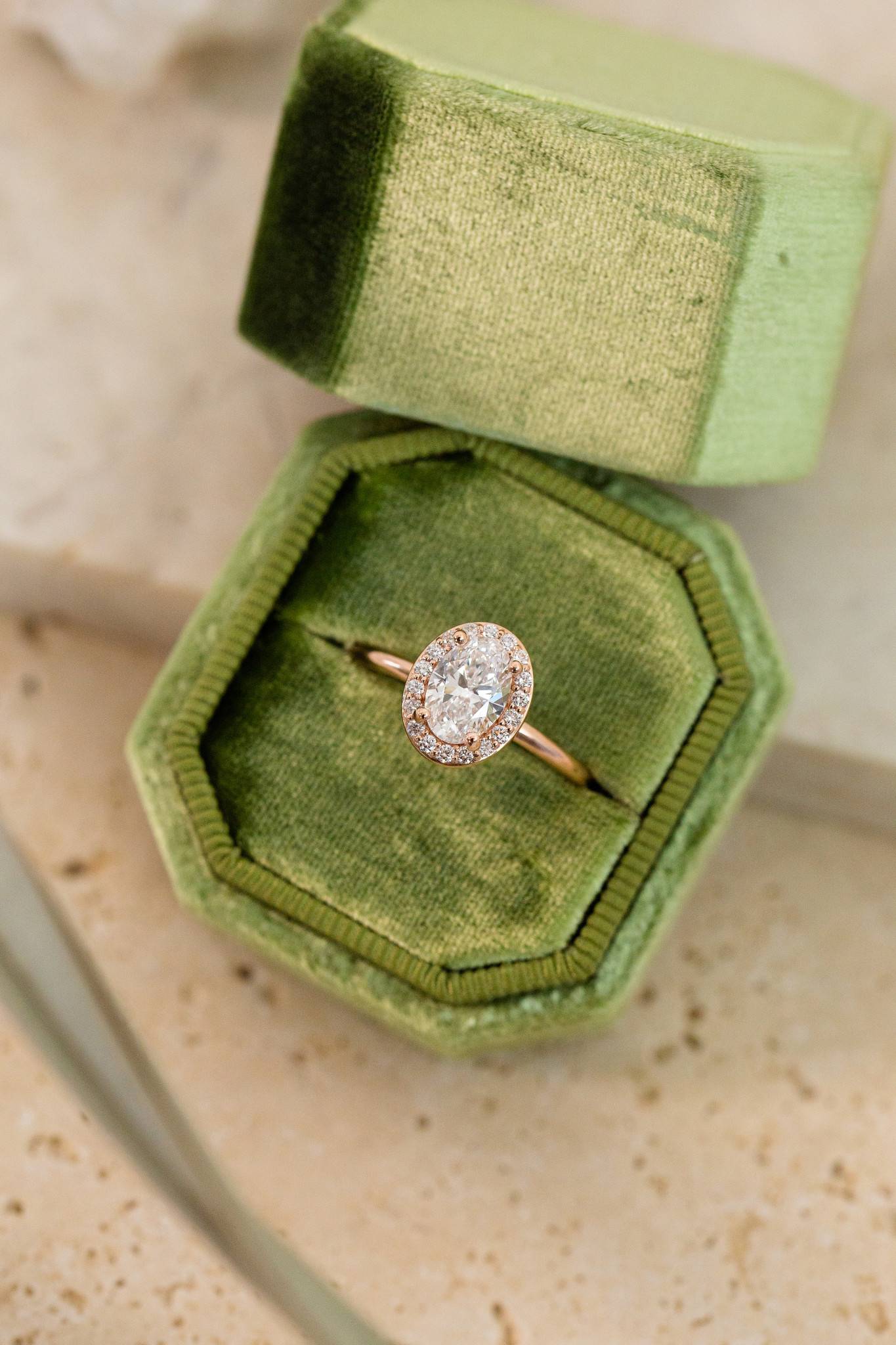
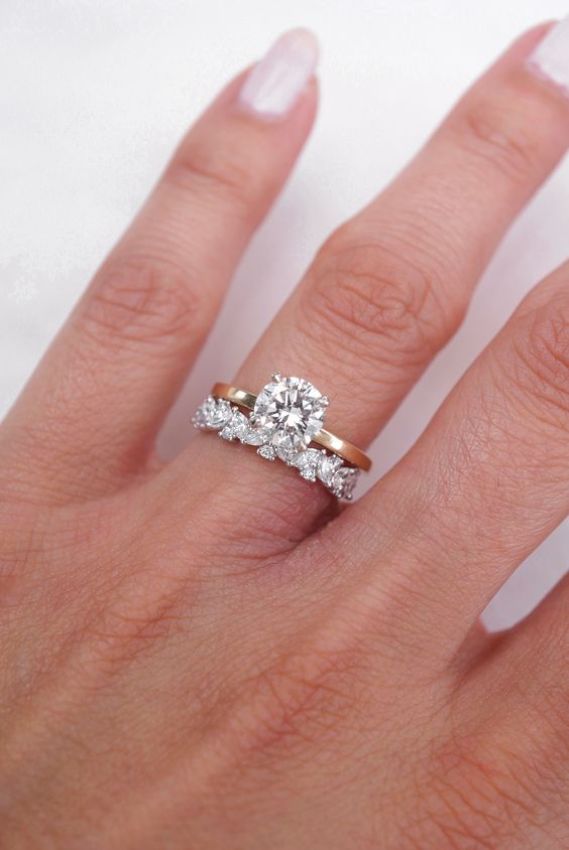
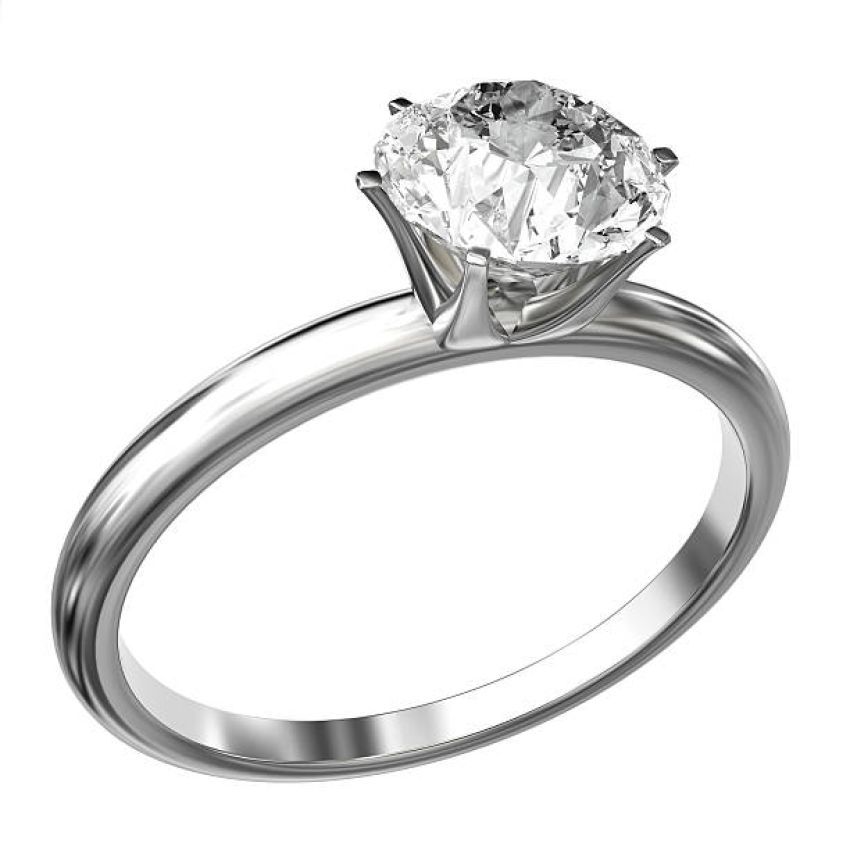 Start with a Setting
Start with a Setting
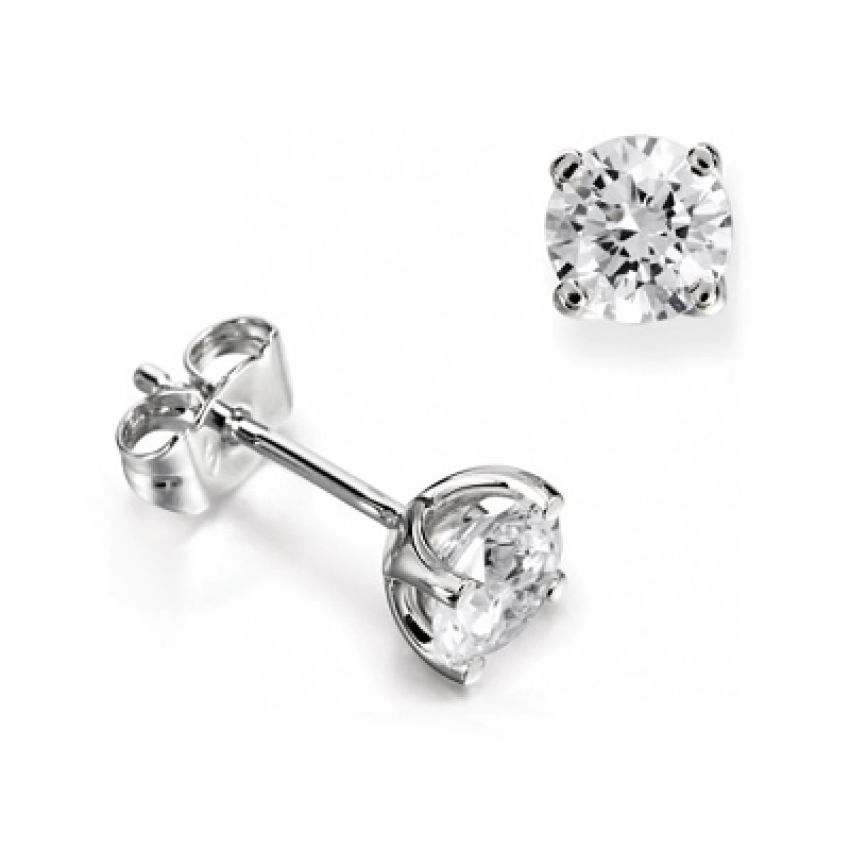 Start with a Setting
Start with a Setting
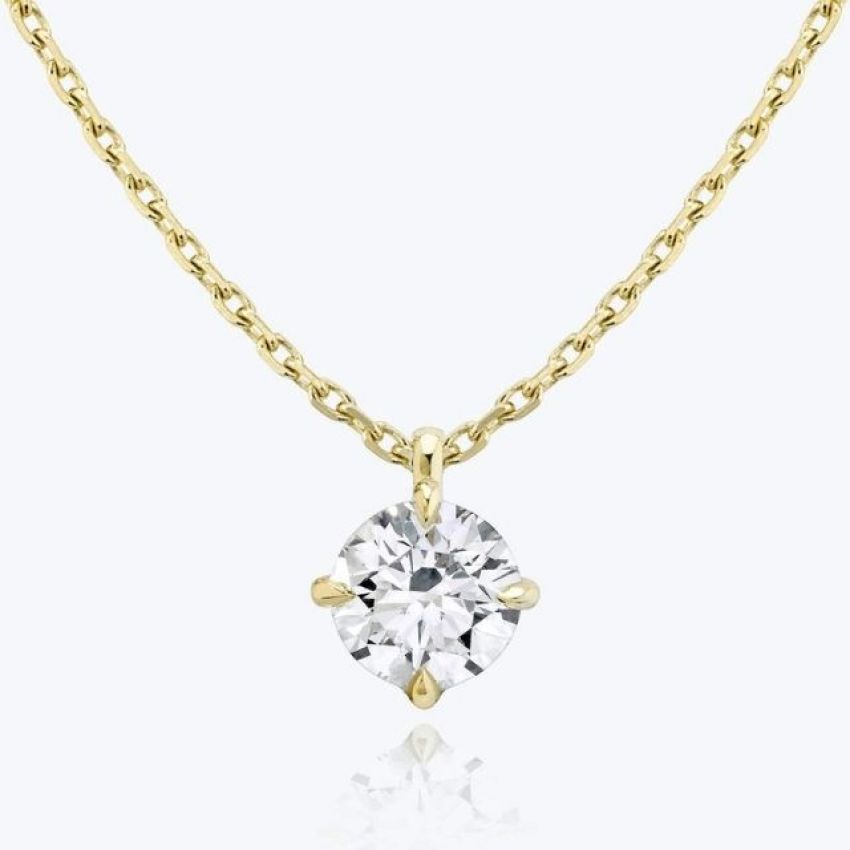 Start with a Setting
Start with a Setting
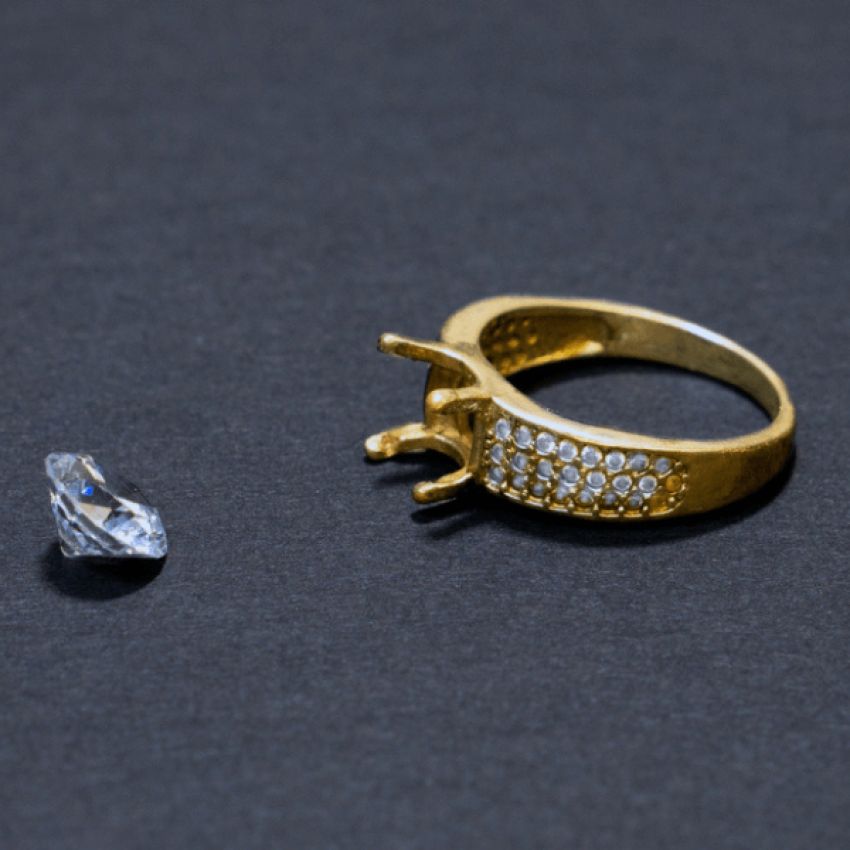

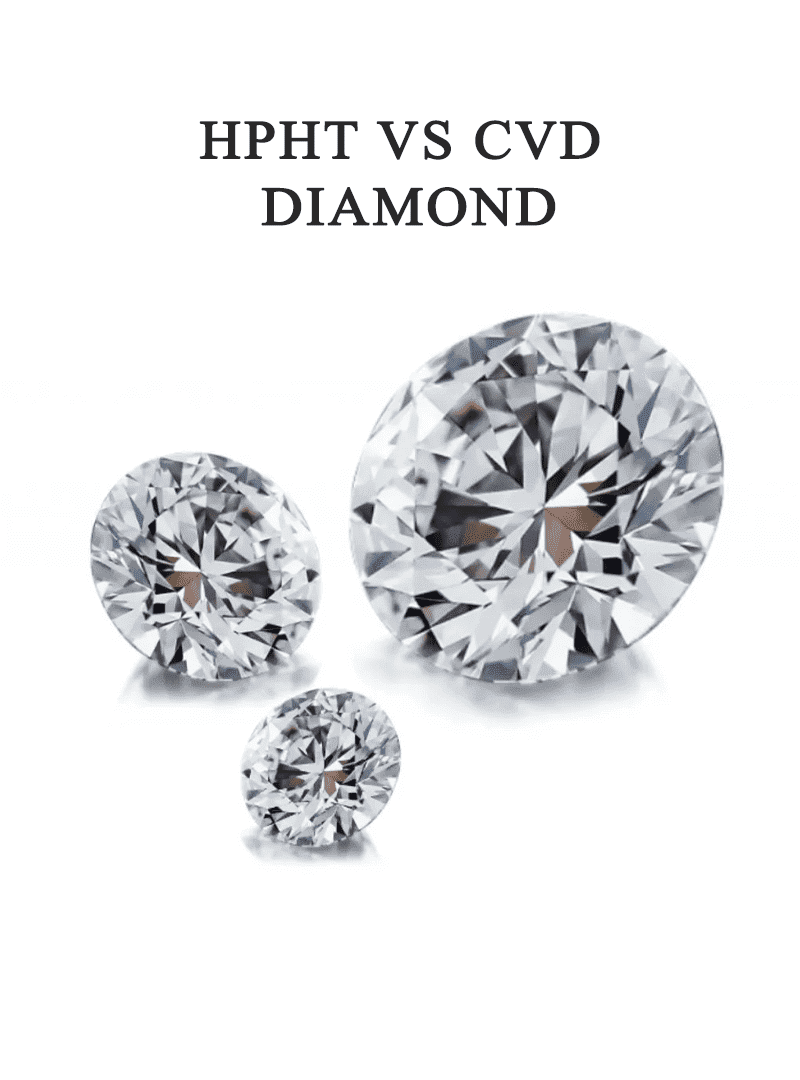
In this beautiful era of diamond jewelry, Lab-grown Diamond is creating their special place letting people enhance their beauty with its mesmerizing appearance. So here, If you are planning to Get Lab-Grown Diamonds, Then you should know that they are created with two different kinds of processes known as HPHT(high pressure and high temperature) and CVD(Chemical Vapor Deposition).
Hereby the formation process of both methods is different. It's a bit of little confusing process. Let's get a brief understanding of these wonderful methods used for creating Lab-created Diamonds.
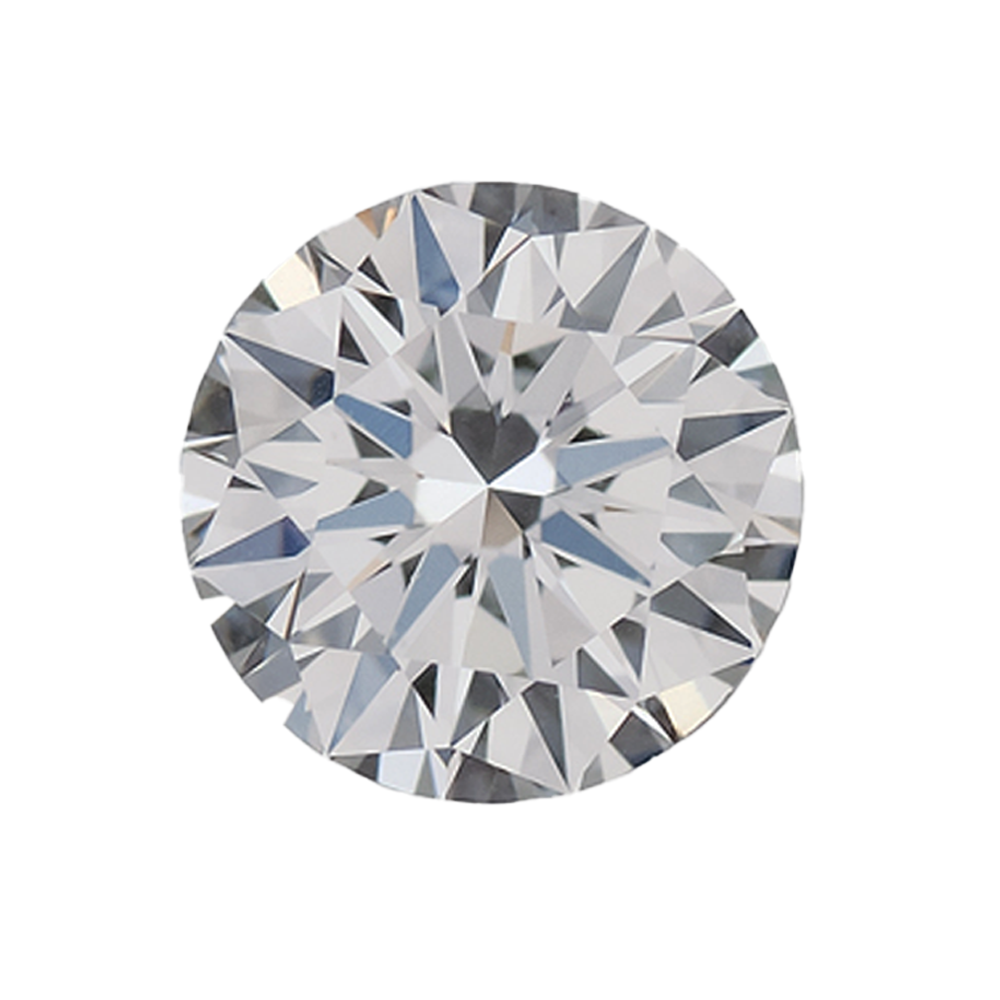
HPHT lab-grown diamonds mean high pressure and high temperature, It is a process started in the 1950s for industrial purposes. HPHT is a procedure used to treat mined diamonds to improve their overall color and clarity. Here, the components of a natural diamond are kept underground, and with the conditions of extremely high temperature and pressure, exactly like how natural diamonds were formed. Get more information on what is lab grown diamond?
Here, the HPHT diamonds are formed exactly like the natural diamond under exact heat and pressure. The component of a diamond is exposed to temperatures of over 2,000 degrees Fahrenheit and pressure of about 1.5 million PSI. The carbon liquefies and comprises a diamond around the seed. It is then cooled and the lab diamond is formed.
Lab Diamonds have a yellowish hue because they are revealed to nitrogen while developing. The metallic elements are traced in lab diamonds which scientists can make a difference between lab-grown diamonds and natural diamonds.
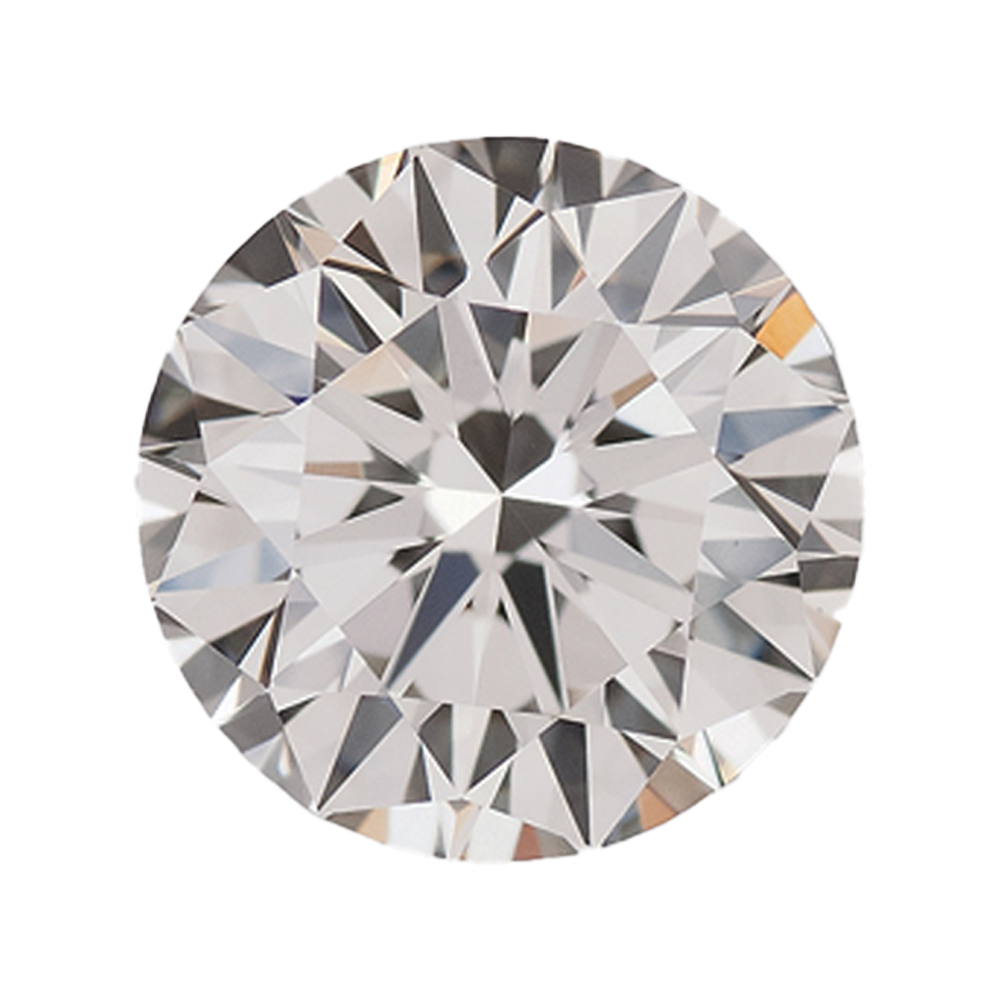
CVD Diamond (Chemical Vapour Deposition), this method was recently found for the formation of diamonds grown from the hydrocarbon gas mixture in a similar way to how diamonds form in interstellar gas clouds. This method is less costly, while the formation of this CVD was done in the 1980s. It's a procedure of forming diamonds out of two as it needs much less energy. CVD Diamond uses less pressure than the HPHT method as well as more miniature machines than that used in the HPHT method.
In the sealed chamber the slice of a diamond is placed where it is heated at around 800 degrees Celsius, while the chamber also includes other rich elements/gases such as methane. Hence by using microwaves, lasers, and other techniques the gases are converted totally into plasma. Hereby this transformation breaks down gases and allows carbon to combine with diamond seed. The diamonds created by using CVD methods are very rare and their natural forming is next to impossible.
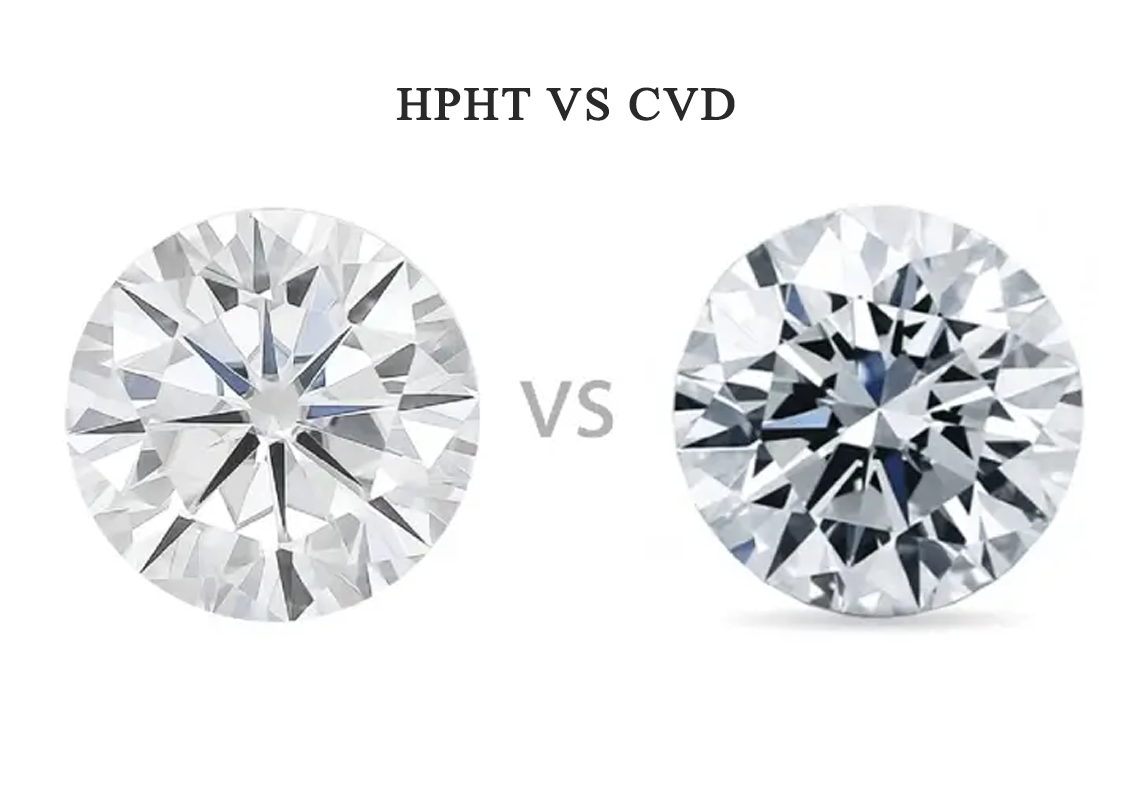 CVD Vs HPHT Availability:
CVD Vs HPHT Availability:
CVD diamonds are available more when compared with HPHT because CVD diamonds possess a less expensive process due to which they are created in larger proportion.
First of all, compared to CVD diamonds, HPHT diamonds often have a greater quality. This is so that the conditions during the HPHT growth process can be more easily controlled. Typically, when CVD diamonds are generated, labs utilize the HPHT process to further enhance them.
In general, HPHTs cost more than CVD diamonds. Even though the production process for them might be simpler to manage, it is still more laborious and time-consuming.
An HPHT diamond will frequently outperform a CVD diamond in terms of color. This is so because a CVD diamond only grows in one direction, whereas an HPHT diamond grows in 14 different ways. This has an impact on the capacity to reflect light.
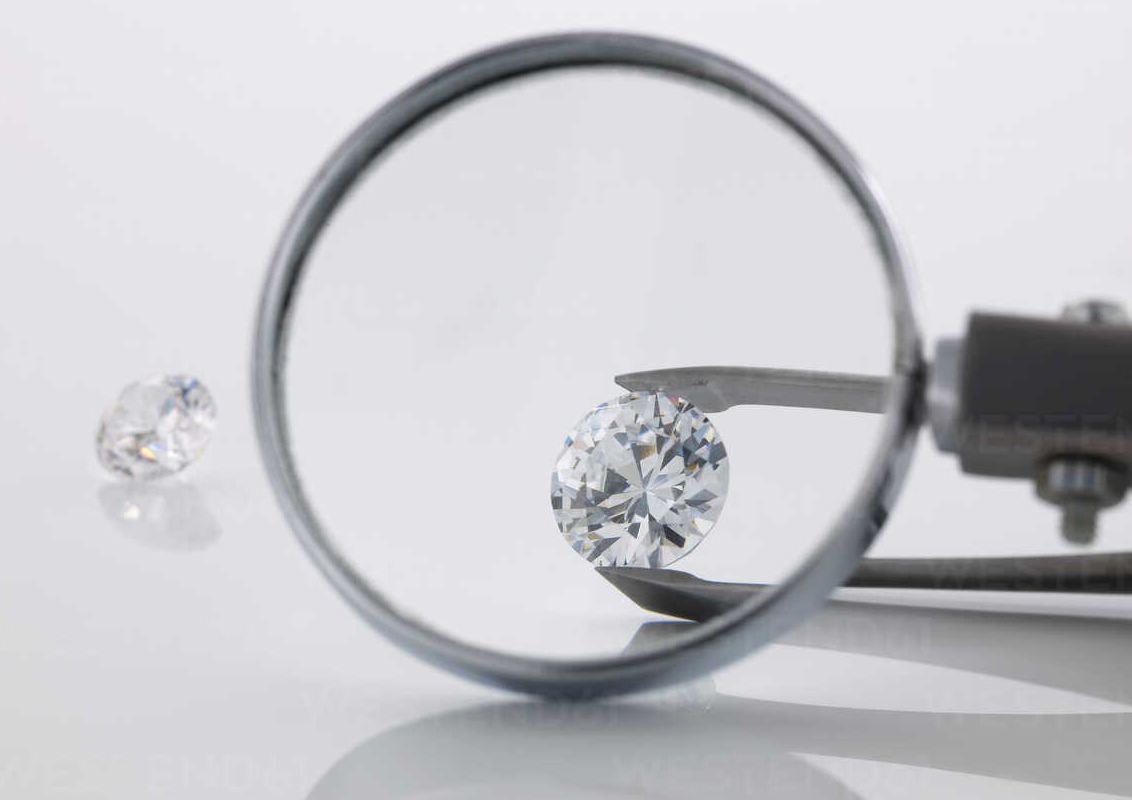
The primary difference between HPHT and CVD diamonds, HPHT diamonds are cuboctahedron shape and have 14 different growing directions and CVD grows in only one direction and has a cubic shape. Hereby HPHT diamonds have a yellowish shade as they are exposed to nitrogen while forming.
It's difficult to identify the difference between a CVD diamond and an HPHT diamond with the naked eye is nearly impossible. Hereby, The CVD technique generally yields lab-grown diamonds with excellent levels of clarity and color, but it's preferable to add HPHT at the end to get out the best in the diamond. The CVD technique uses less energy and results in Lab diamonds with more affordable prices. You have to must read about "Lab Grown Diamond Vs Moissanite"
Here, when you think to go with lab-grown diamonds and you are selecting something that will cherish for a lifetime. Whether the diamond is created with the cvd / hpht lab-grown diamonds process, these diamonds provide a striking look so if you want to get an engagement ring or wedding ring, lab-created diamonds will surely enrich the look with their lasting shine and fire. Gemver is the only place where you will find the best quality lab-grown diamonds and pieces of jewelry that will be as unique as you are.
The most well-known and trusted GIA and IGI certificates are available for HPHT and CVD Lab Diamonds.
CVD is a more environmentally friendly process as they are placed in a diamond seed in a vacuum chamber.
HPHT (high pressure, high temperature) is one of the primary methods used to grow diamonds in a lab.

